At Agritechnica, Samasz launched a number of new machines and a new 40th anniversary black and green colour scheme. One such innovation was the XDF front mower range.
The new XDF 341 launches as the successor to the KDF and includes a number of new technical updates as well as a new design.
Firstly, the XDF moves to a hydro-pneumatic suspension system instead of coil springs used on the KDF. This means that cutterbar pressure is infinitely adjustable, allowing it to be set to the correct value depending on the terrain.
The XDF has a respectable freedom of movement totalling 860mm, lowering by 34cm and raising by 52cm, while having the ability to oscillate 22 degrees.
When set at 520mm, the XDF range can move smoothly over laid swaths of grass, according to the Polish manufacturer.
Mechanically drive PTO
The conditioner is now mechanically driven via PTO shaft, mowing away from the previous powerband.
The choice between a roller conditioner (WH) and steel conditioner tines (SH) is available, with the latter suiting the Irish market. The steel tine conditioner can be operated at 700rpm or 1,000rpm.
The cutterbar itself is the tried and tested PerfectCut unit built in-house by Samasz, which it has used now for a long number of years. The XDF has an overall working width of 3.4m and is equipped with eight cutting discs.
An in-cab control box allows just one single acting spool valve to control ground pressure, lifting/lowering of the cutterbar and folding/unfolding of the hydraulic side covers.
Safety
Once the side covers are folded, a transport safety device is automatically engaged. A new built-in height sensor signal and LED on the control box in the cab when the mower reaches its optimum working height in relation to the ground.
Additionally, all lubrication points are piped and routed back to one central location, easing daily maintenance.
Mirrors and cameras are optionally available to improve operator visibility during transport.
Samasz has opted to retain the A-frame coupling system on the XDF, whereas most other manufacturers have now moved to a fixed three-point linkage coupling.




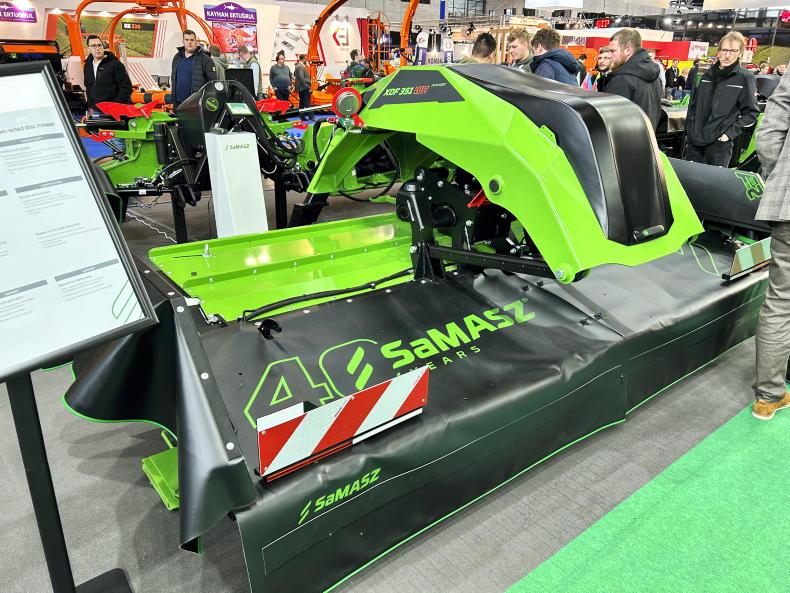
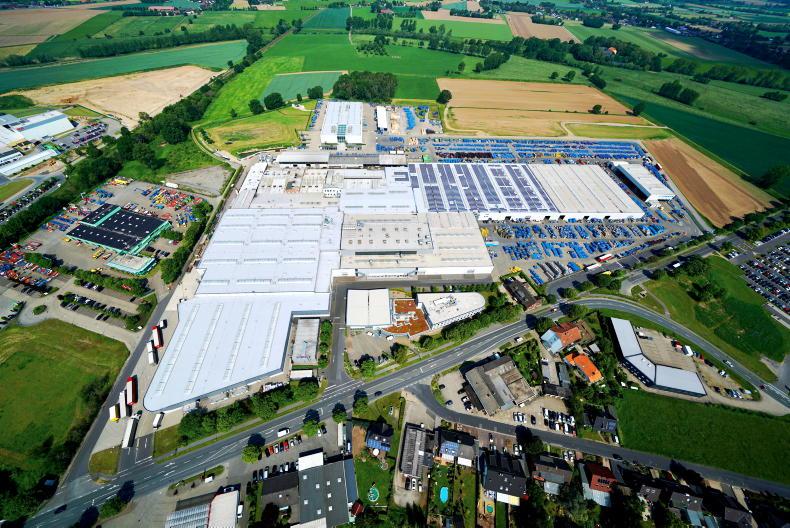

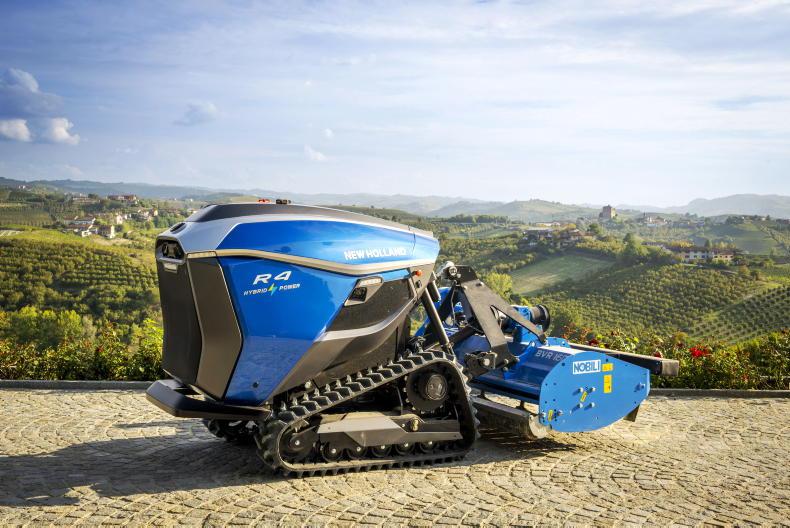
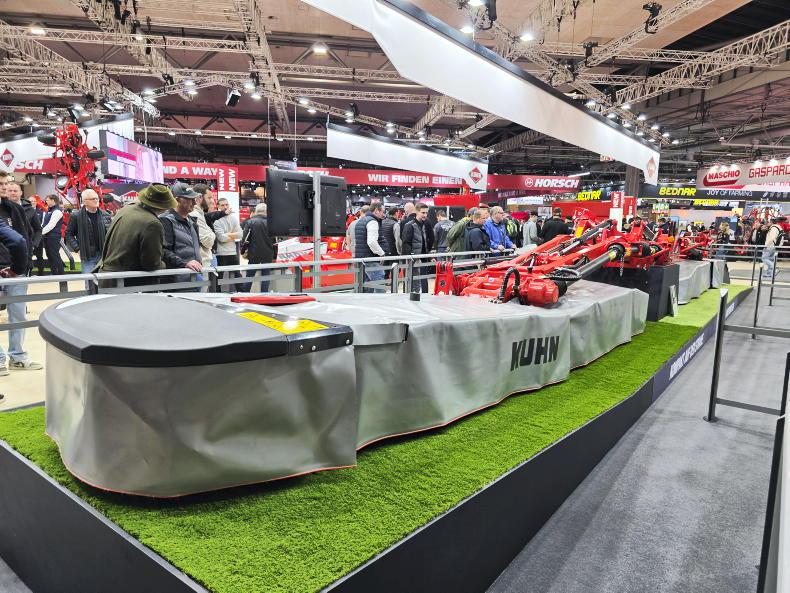
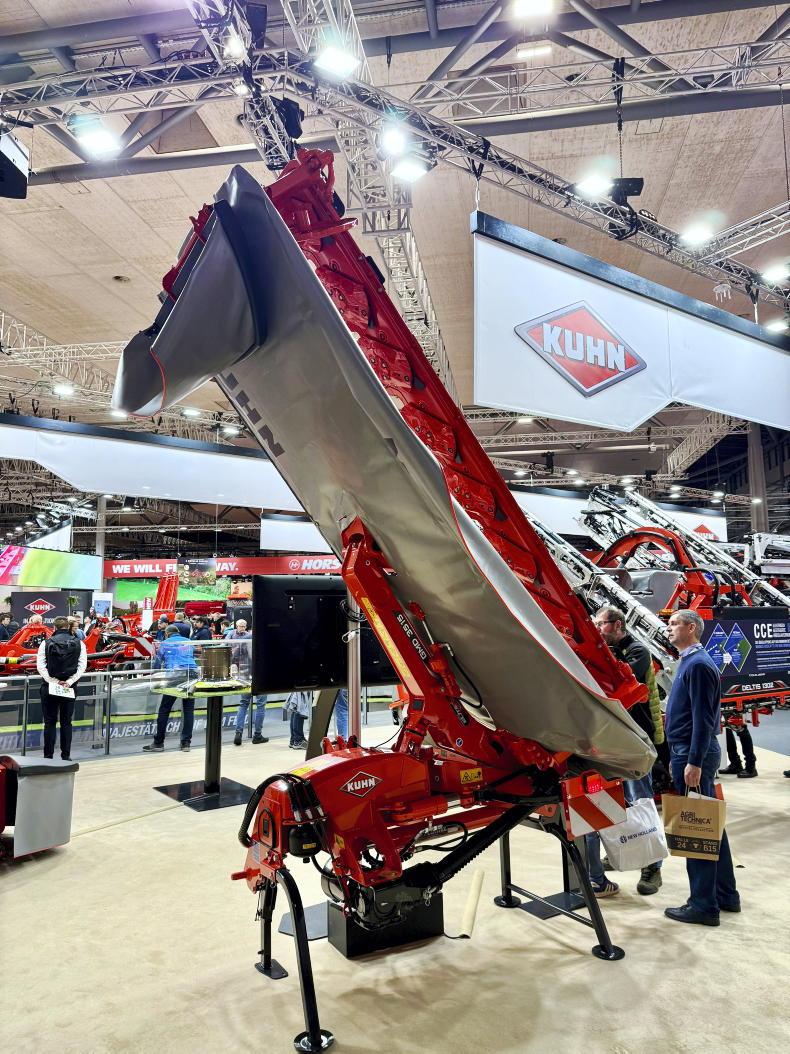
SHARING OPTIONS